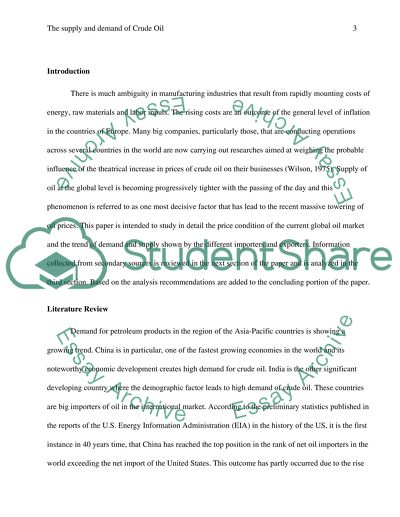Cite this document
(“The supply and demand of Crude Oil Term Paper Example | Topics and Well Written Essays - 2000 words”, n.d.)
The supply and demand of Crude Oil Term Paper Example | Topics and Well Written Essays - 2000 words. Retrieved from https://studentshare.org/macro-microeconomics/1480903-the-supply-and-demand-of-crude-oil
The supply and demand of Crude Oil Term Paper Example | Topics and Well Written Essays - 2000 words. Retrieved from https://studentshare.org/macro-microeconomics/1480903-the-supply-and-demand-of-crude-oil
(The Supply and Demand of Crude Oil Term Paper Example | Topics and Well Written Essays - 2000 Words)
The Supply and Demand of Crude Oil Term Paper Example | Topics and Well Written Essays - 2000 Words. https://studentshare.org/macro-microeconomics/1480903-the-supply-and-demand-of-crude-oil.
The Supply and Demand of Crude Oil Term Paper Example | Topics and Well Written Essays - 2000 Words. https://studentshare.org/macro-microeconomics/1480903-the-supply-and-demand-of-crude-oil.
“The Supply and Demand of Crude Oil Term Paper Example | Topics and Well Written Essays - 2000 Words”, n.d. https://studentshare.org/macro-microeconomics/1480903-the-supply-and-demand-of-crude-oil.


